BANKING
20 Things You Should Know About Getting a Home Equity Line of Credit (HELOC)
Published
5 months agoon

Shutterstock
A Home Equity Line of Credit (HELOC) can be a powerful financial tool for homeowners looking to access the equity they’ve built up in their property. With the flexibility to borrow funds as needed and pay interest only on the amount used, a HELOC can help cover everything from home renovations to education expenses. However, it’s important to fully understand how HELOCs work, including their variable interest rates, potential fees, and the risks involved. This guide covers 20 essential things you need to know before getting a HELOC to ensure you’re making the best financial decision. By being informed, you can take advantage of a HELOC’s benefits while minimizing any potential drawbacks.
What is a HELOC?
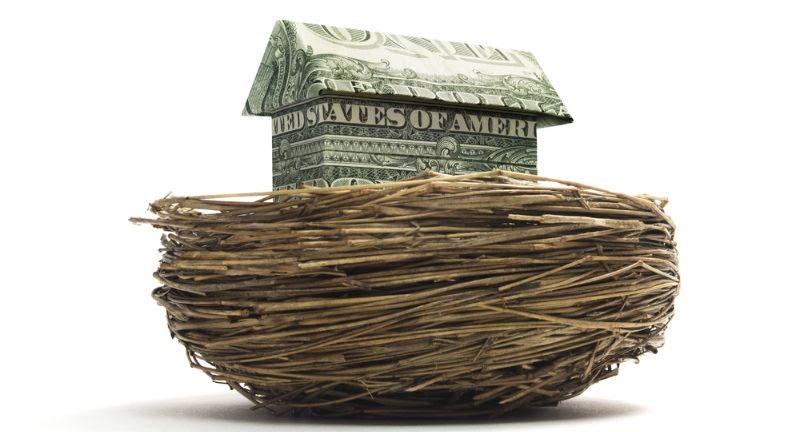
Shutterstock
A Home Equity Line of Credit (HELOC) allows homeowners to borrow against the equity in their homes. Unlike traditional loans, a HELOC gives access to a revolving line of credit, functioning similarly to a credit card. Homeowners can borrow as much or as little as they need, up to their approved limit, during the draw period. It’s a flexible option for those needing access to cash for various expenses.
How HELOCs Differ from Home Equity Loans
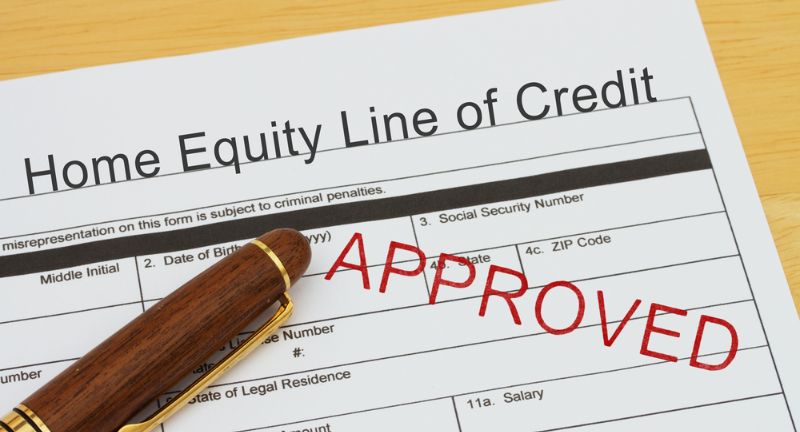
Shutterstock
HELOCs differ from home equity loans in that the latter provides a lump sum upfront with fixed payments. A HELOC, on the other hand, is a revolving line of credit, allowing for multiple withdrawals and repayments. Home equity loans are typically best for those who know exactly how much they need, while HELOCs work better for those who need flexible access to funds over time. Both borrow against the home’s equity but offer different structures and benefits.
Interest Rates Are Usually Variable

Shutterstock
HELOCs typically come with variable interest rates, which fluctuate based on market conditions. While this can be advantageous if rates drop, it also poses a risk if rates rise significantly. Homeowners should be aware that their monthly payments could increase, sometimes substantially, over the loan term. Some lenders may offer fixed-rate options, but these tend to be less common and come with higher initial rates.
Draw and Repayment Periods
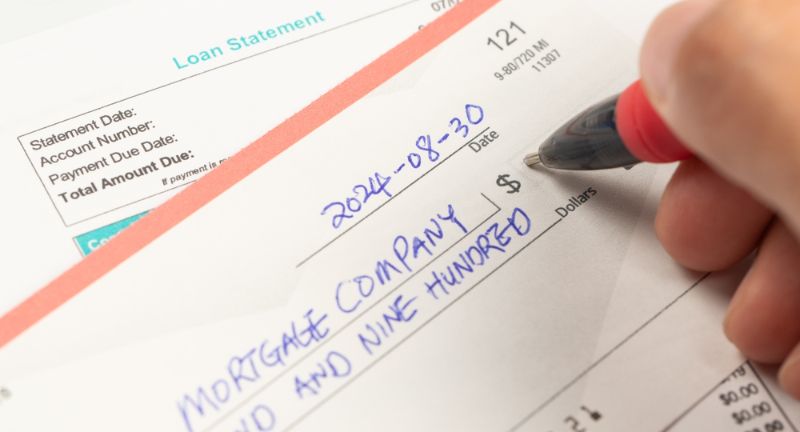
Shutterstock
A HELOC is divided into two phases: the draw period and the repayment period. During the draw period, which usually lasts 5 to 10 years, you can borrow from your line of credit as needed. Once the repayment period begins, you must start paying back both the principal and the interest, which typically lasts 10 to 20 years. Understanding these time frames is crucial for planning how and when to use a HELOC.
You Only Pay Interest on What You Use

Shutterstock
One of the advantages of a HELOC is that you only pay interest on the amount you borrow, not the entire available credit line. This can make it more affordable than traditional loans, where you start paying interest on the full loan amount from day one. However, because it’s easy to access funds at any time, there’s a risk of accumulating debt if you’re not careful. This flexible borrowing system is helpful, but it requires financial discipline.
Interest May Be Tax-Deductible
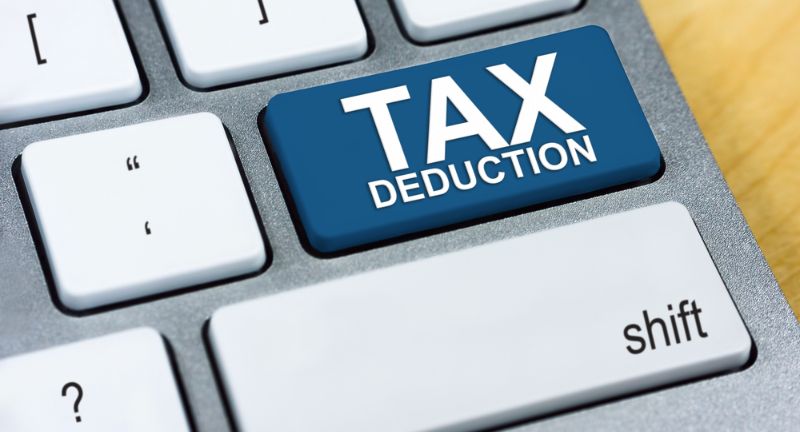
Shutterstock
In certain cases, the interest you pay on a HELOC may be tax-deductible. The IRS typically allows deductions if the HELOC is used for home improvements or renovations. However, if the funds are used for other purposes, like debt consolidation or vacations, the interest may not qualify. It’s always a good idea to consult with a tax professional to understand the latest regulations and how they apply to you.
Your Home is Collateral
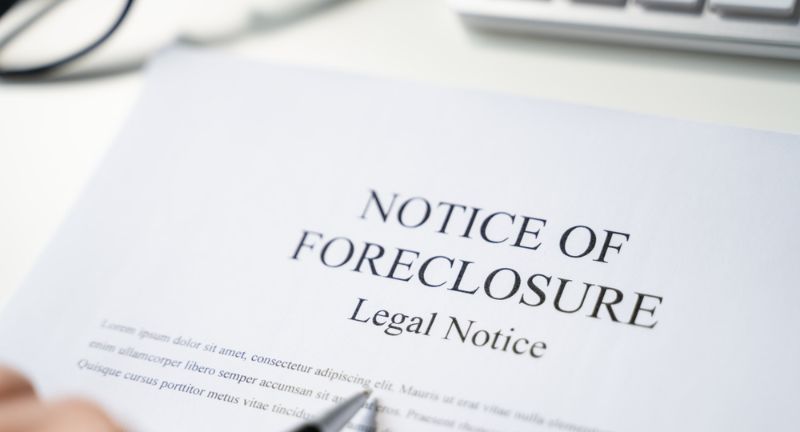
Shutterstock
Because your home secures the HELOC, failing to repay the loan could lead to foreclosure. This risk makes it essential to borrow only what you can afford to repay. While the ability to tap into your home’s equity can be appealing, it comes with the serious consequence of possibly losing your property. Carefully assess your financial situation before committing to a HELOC to avoid jeopardizing your home.
Credit Score Matters

Shutterstock
Lenders typically require a good credit score to qualify for a HELOC, with most looking for scores above 680. The higher your score, the better the terms and interest rates you’re likely to receive. A strong credit history signals to lenders that you’re a responsible borrower, which reduces their risk. If your credit score is lower, you may still qualify, but at higher interest rates and less favorable terms.
You Can Use the Funds for Various Purposes

Shutterstock
One of the key benefits of a HELOC is its flexibility. You can use the funds for various purposes, such as home renovations, paying off high-interest debt, or even covering tuition costs. This versatility makes HELOCs an appealing option for many homeowners. However, be mindful of using the funds wisely, especially since you’re borrowing against your home’s equity.
Closing Costs and Fees
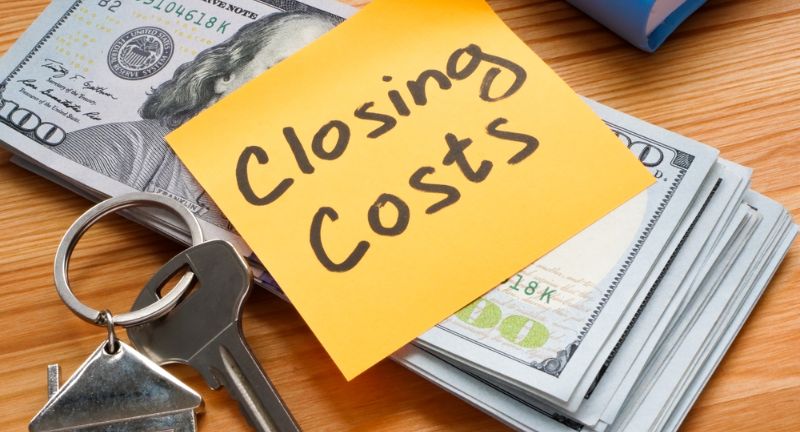
Shutterstock
Some HELOCs come with various closing costs and fees, such as appraisal fees, application fees, or annual maintenance fees. These additional costs can add up quickly, so it’s essential to understand all the fees associated with your loan before signing any paperwork. Some lenders may offer no-closing-cost HELOCs, but those often come with higher interest rates. Make sure to read the fine print to know exactly what you’re paying for.
Loan-to-Value Ratio (LTV)
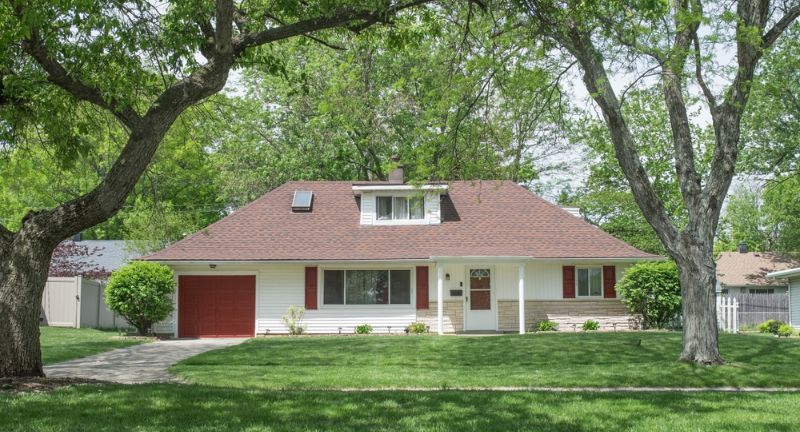
Shutterstock
The Loan-to-Value (LTV) ratio is an important factor when applying for a HELOC. Most lenders will limit the amount you can borrow to between 80-90% of your home’s appraised value, minus any outstanding mortgage balances. This means if your home is worth $400,000 and you owe $200,000, the lender might allow you to borrow up to $120,000. Knowing your home’s value and how much equity you’ve built up is crucial before applying.
HELOC Interest Rates Can Rise

Shutterstock
Since HELOCs usually come with variable interest rates, your monthly payment can change depending on market conditions. If interest rates rise significantly, your payments may increase, putting pressure on your budget. It’s important to account for potential rate hikes when planning your repayment strategy. Some lenders offer fixed-rate HELOCs, which provide more stability, but they usually come with higher starting rates.
Prepayment Penalties May Apply

Shutterstock
Some HELOCs may come with prepayment penalties if you decide to pay off your loan early. These penalties can be a percentage of the loan balance or a flat fee, which might reduce the financial benefit of paying off the loan ahead of schedule. Always check if your lender includes these penalties in the agreement. Being aware of this clause will help you avoid any surprises if you come into extra money and want to pay off your balance early.
Minimum Draw Requirements
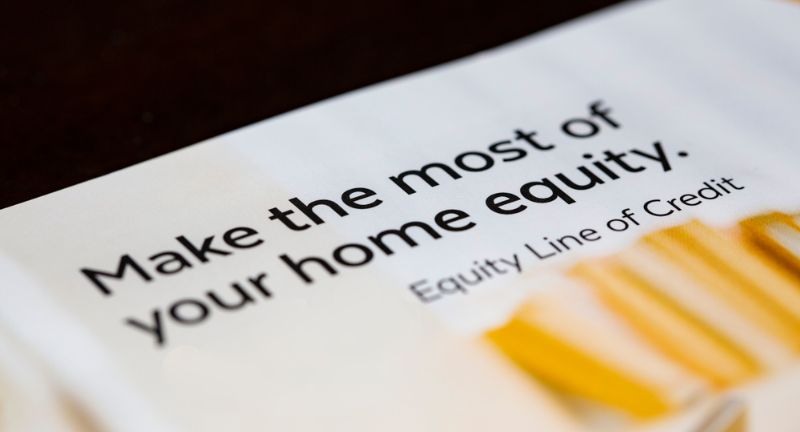
Shutterstock
Some HELOCs may require a minimum initial withdrawal, which means you must borrow a certain amount upon opening the line of credit. This is something to keep in mind, especially if you don’t need to access funds right away. Not all lenders impose this requirement, so it’s worth asking when shopping around. Knowing this upfront can help you avoid withdrawing more than you need initially, keeping interest charges lower.
Interest-Only Payments During the Draw Period

Shutterstock
During the draw period of your HELOC, you may be required to make interest-only payments, which can make the monthly costs seem very manageable. However, this can lead to higher payments down the line, as the principal remains unpaid during this time. Once the repayment period begins, both the principal and interest will need to be paid off, which may result in significantly higher monthly payments. Planning ahead for this transition is crucial to avoid financial strain.
HELOCs Can Be Frozen or Canceled

Shutterstock
Lenders reserve the right to freeze or reduce your HELOC if the value of your home drops significantly or if they believe your financial situation has changed. This is something to be aware of, especially in times of economic uncertainty or when home prices fluctuate. If your HELOC is frozen, you will no longer have access to the funds, even if your financial needs haven’t changed. Being prepared for this possibility can help you make better financial decisions about borrowing.
Initial Interest Rate Teasers
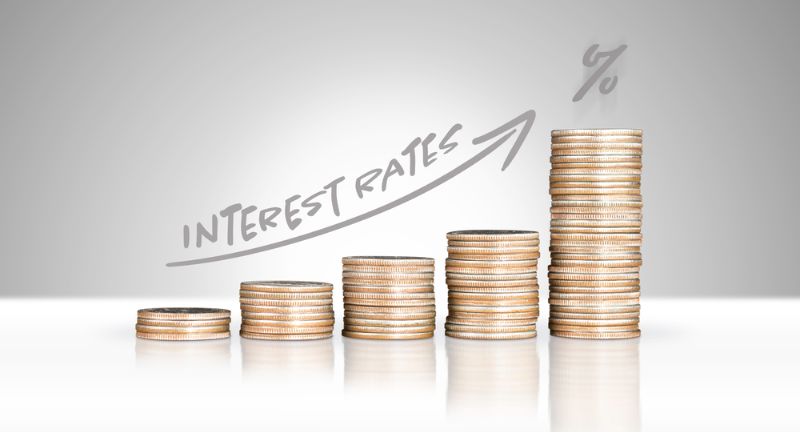
Shutterstock
Many lenders offer low introductory interest rates on HELOCs, often referred to as “teaser rates.” These low rates are usually temporary and may last for only a few months to a year before rising to the standard variable rate. While a teaser rate can be appealing, it’s important to understand how long it will last and what the adjusted rate will be once the introductory period ends. Make sure you’re financially prepared for potentially higher payments after the rate increases.
Lender Requirements Vary

Shutterstock
Each lender has its own requirements when it comes to qualifying for a HELOC, including credit score thresholds, income requirements, and acceptable debt-to-income ratios. Some may offer more flexible terms than others, so it pays to shop around. Comparing rates, fees, and repayment terms from different lenders will help you find the best deal. This process may take time but can save you money and get you better loan conditions.
Risk of Overborrowing
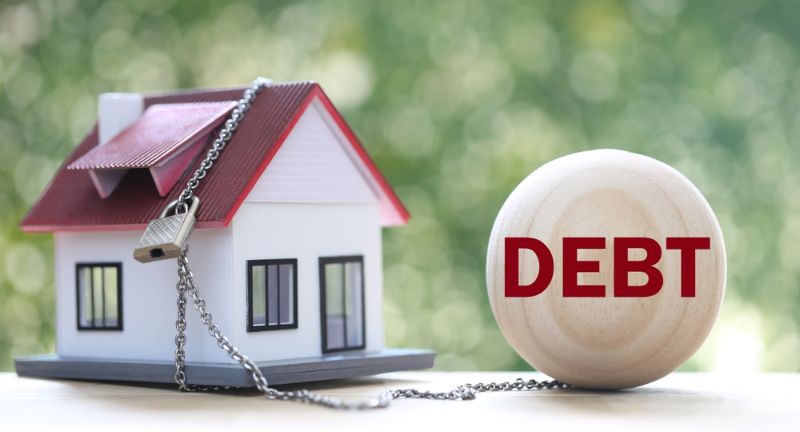
Shutterstock
Because a HELOC gives you easy access to a revolving line of credit, there’s a temptation to borrow more than you actually need. Overborrowing can lead to financial strain, especially when the repayment phase begins, and both principal and interest payments kick in. It’s essential to set clear limits on how much you borrow to avoid accumulating excessive debt. Proper budgeting and planning will help ensure you can repay what you owe without putting your home at risk.
HELOCs as an Emergency Fund

Shutterstock
Some homeowners use a HELOC as an emergency fund because it provides quick access to cash. While this can be a convenient safety net, it also comes with risks. If home values drop or your financial situation changes, lenders may reduce or freeze your line of credit. Additionally, relying on a HELOC for emergencies means taking on more debt, so it’s important to weigh this option carefully against other forms of savings or emergency funds.
Conclusion

Shutterstock
Understanding the ins and outs of a HELOC is crucial before deciding whether it’s the right option for you. While it can provide flexibility and access to funds, it’s important to remember the associated risks, including rising interest rates and the possibility of overborrowing. By carefully considering your financial situation and long-term goals, a HELOC can be a valuable tool for achieving home improvement or financial objectives. Always take the time to compare lenders, understand all fees, and have a repayment plan in place to avoid any financial pitfalls. With the right approach, you can leverage a HELOC effectively and responsibly.
Related Topics:




